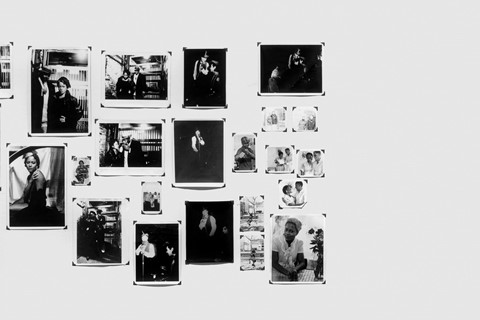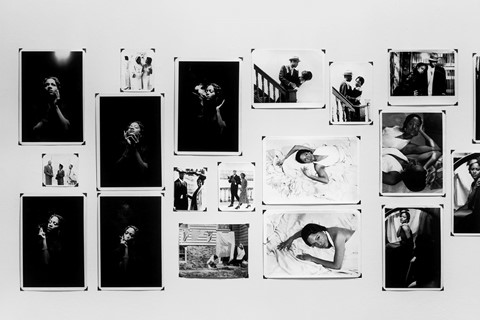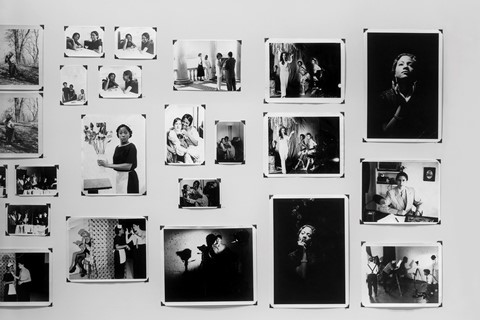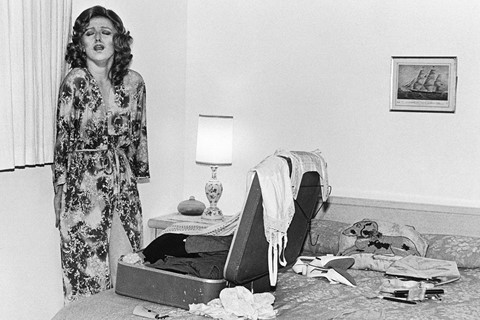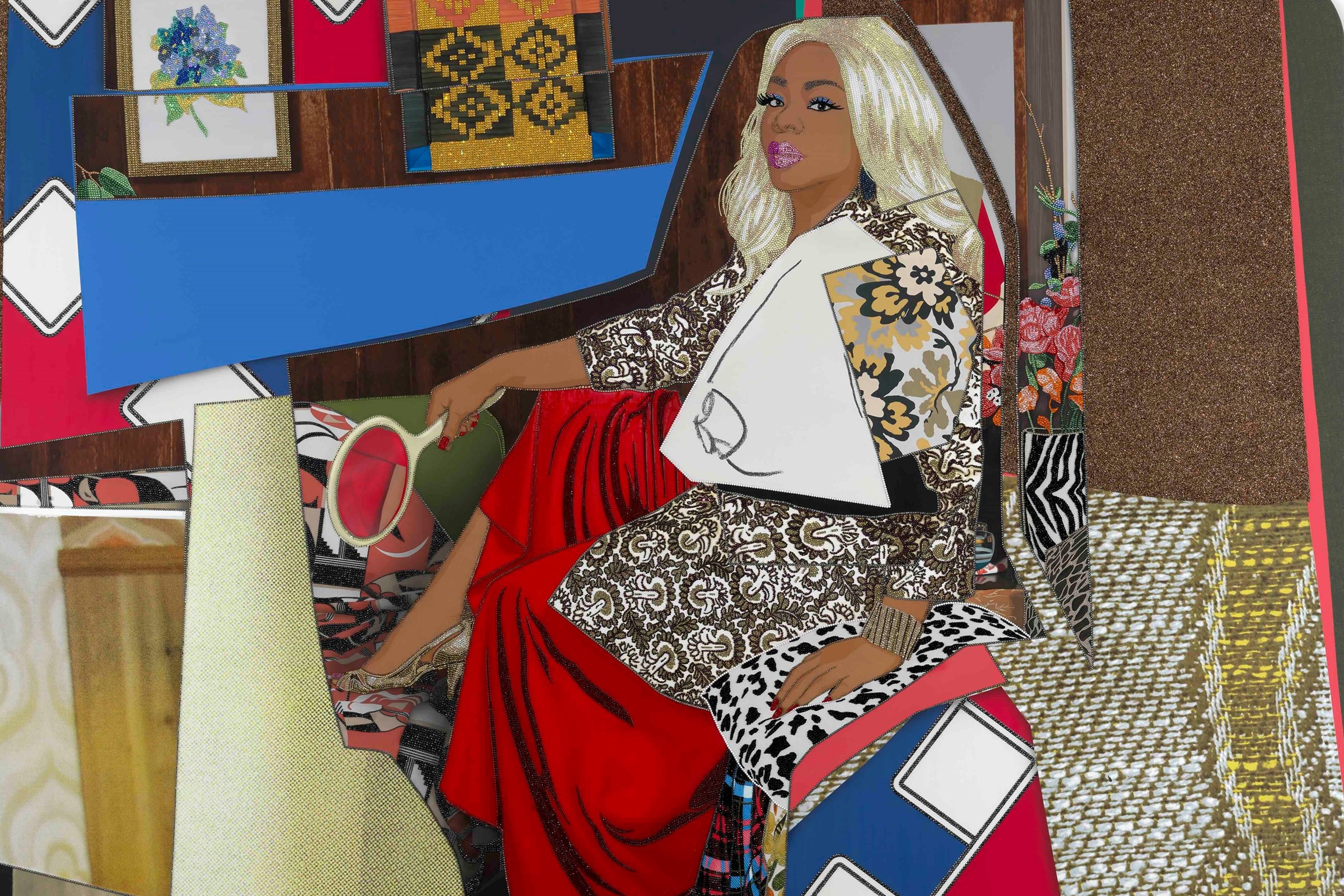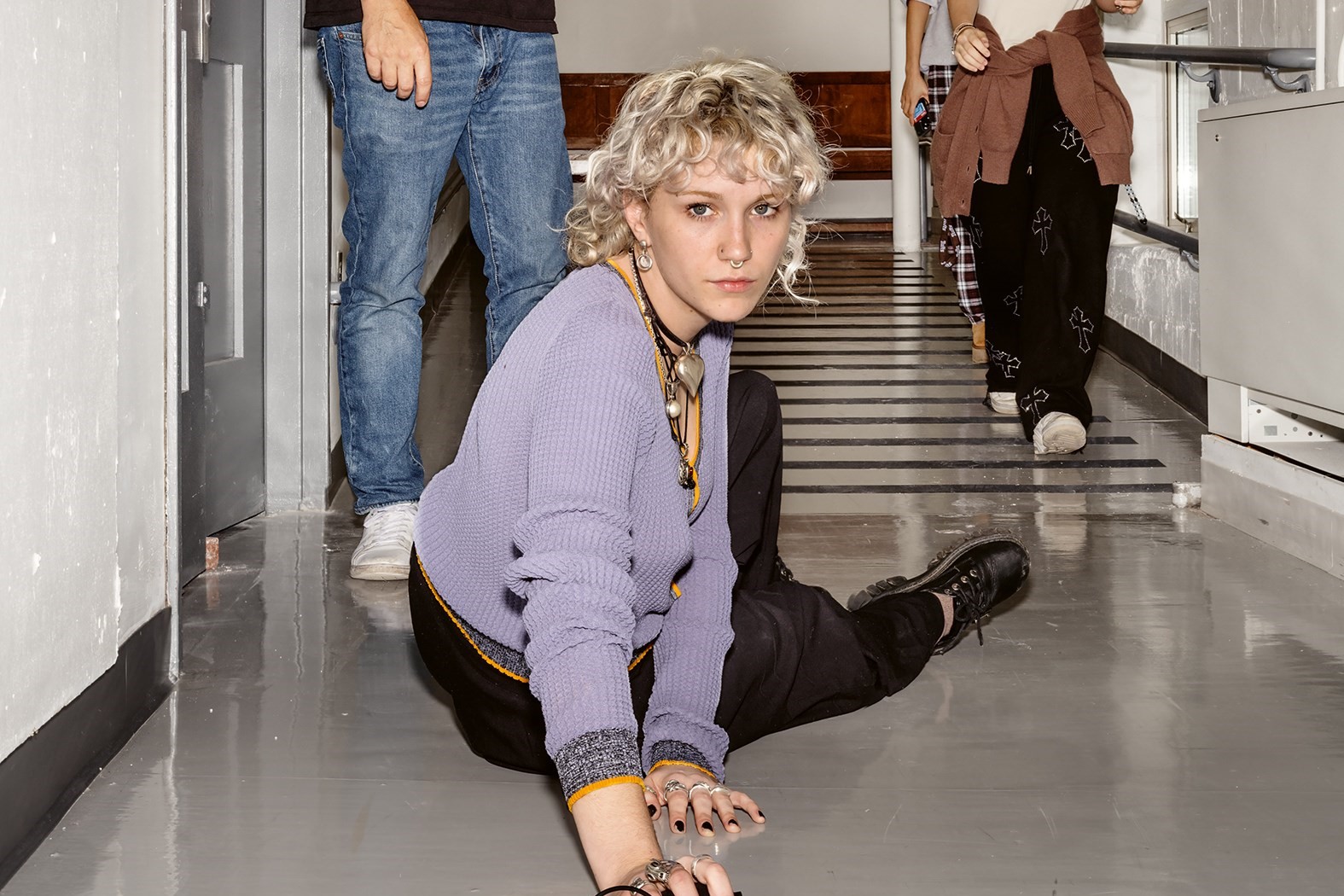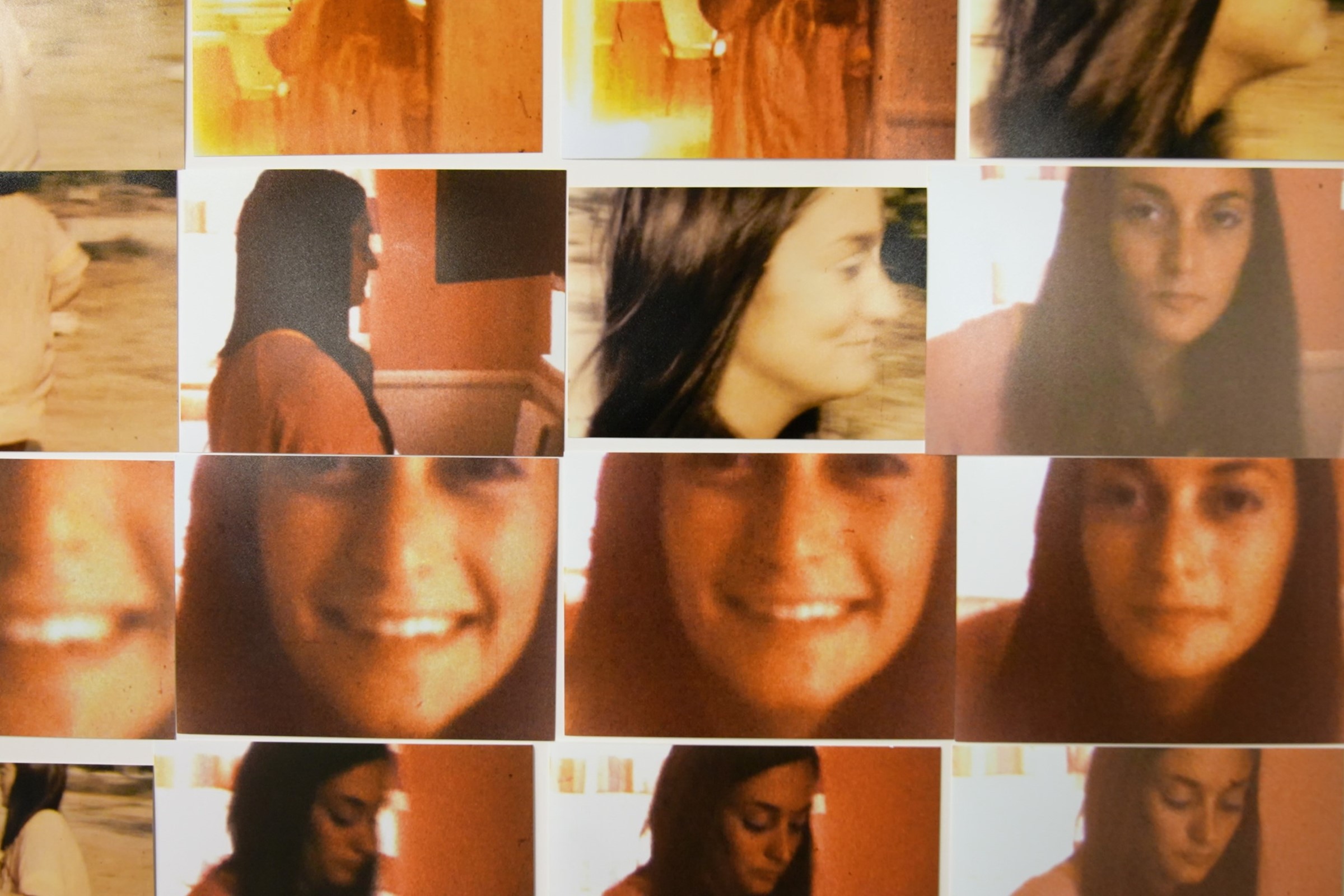A new exhibit investigates the fictionalised characters of three iconic female artists: Lorna Simpson, Cindy Sherman and Zoe Leonard
For years artists have been exploring the self by creating and existing as fictional characters – as seen in the many faces of Claude Cahun, the pseudo-life of Lynn Hershman Leeson’s alter ego Roberta Breitmore and in contemporary artist Juno Calypso’s haunting ‘self-portraits’ as the made-up character Joyce. With a deliberately tongue-in-cheek title, Nothing Personal – a forthcoming exhibition from Art Institute Chicago – delves into the timeless concept of identity through the lens of American artists Lorna Simpson, Cindy Sherman and Zoe Leonard. Cleverly compiled to shine a light on the passage from personhood to persona, the show probes at the artists’ respective fascination with this existential sensation and how it has manifested itself in their work. Here, speaking to Matthew Witkovsky, the curator responsible for this challenging exhibit, we consider some of the captivating characters and worlds that each has constructed.
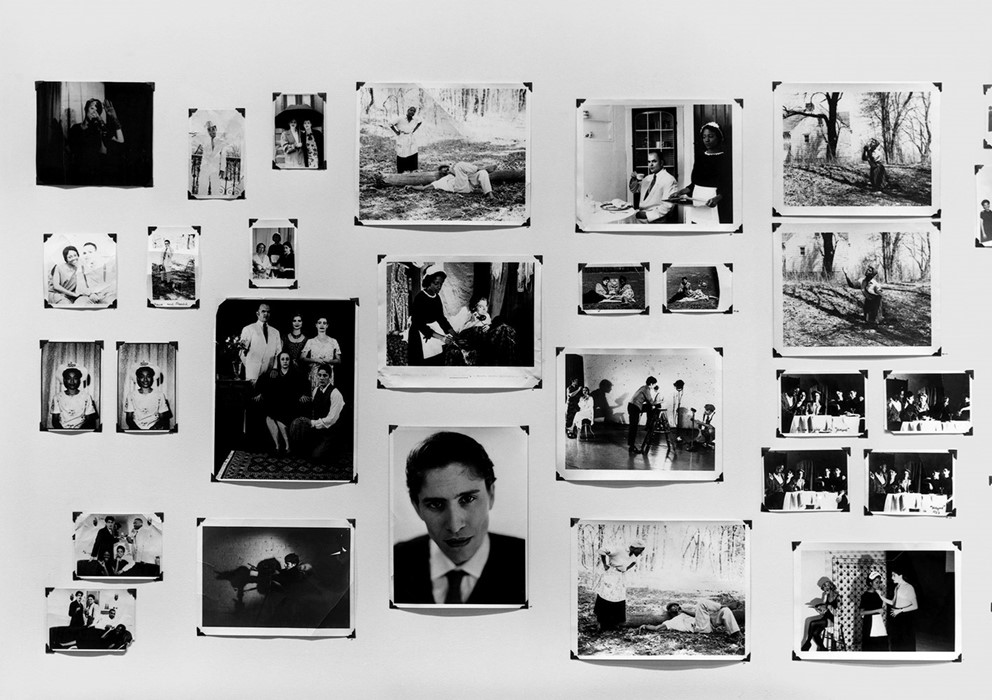
Zoe Leonard: An Archive of Artifice
At first glance, the beautifully shot black and white photographs of sculptor and photographer Zoe Leonard appear to intimately catalogue the life of a mid-century American starlet. Ranging from candid images of the woman at home to carefully choreographed publicity shots of her performing, the photographs build a comprehensive picture of the woman that is purported to be Fae Richards, a black gay singer and actress. In fact, the 82 photographs that create The Fae Richards Archive provide a convincing record of a person who never existed. Leonard cautiously forged a false biography and life story and used the photographs to document the talented performer's life and career, from the 1920s through to the 1970s. "I do believe in Fae Richards. She is not real, but she is true," wrote Leonard, whose meticulously constructed piece blurs the boundaries between identity and artifice. Witkovsky believes that the character of Richards "gives us all license to think about our relationship to our self-image and to the images we create of ourselves, or need to create, as time passes by."
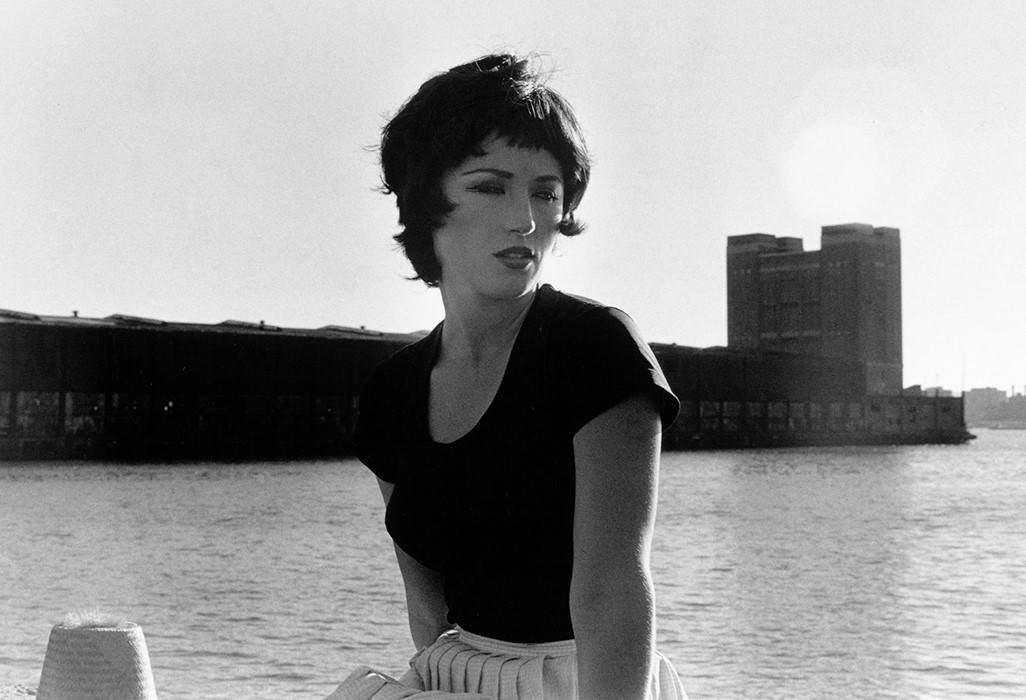
Cindy Sherman: Chameleon on Canvas
Many will be familiar with Cindy Sherman’s colourful and darkly humorous 'self-portraits', which see the artist go to extreme lengths to masquerade herself as female stereotypes, as well as pop culture icons (think Madame de Pompadour and Marilyn Monroe). Sherman started working on the Untitled Film Stills series during the 1970s and dramatically anticipated the way that identity and personhood are now captured in the digital age. In this dynamic body of work, that comprises 70 monochrome photographs, Sherman restages traditional film stills and promotional images to thought-provoking effect. In every photograph she plays the part of an actress, morphing from a glamorous, Elizabeth Taylor-esque screen siren to a dressed down blonde recalling early images of Tippi Hedren or Grace Kelly. "The characters weren’t just airhead actresses," Sherman has said. "The clothes make them seem a certain way, but then you look at their expression and wonder if maybe ‘they’ are not what the clothes are communicating." Deliberately ambiguous, Sherman refuses to assign a title to many of her works, opening them up to rich interpretation from viewers. She foreshadowed all concepts of self-representation long before the term 'selfie' arrived and, in an appropriately contemporary homage to her timeless influence, there is even a set of emoticons – Cindy Sherman-icons – dedicated to her many alter egos.
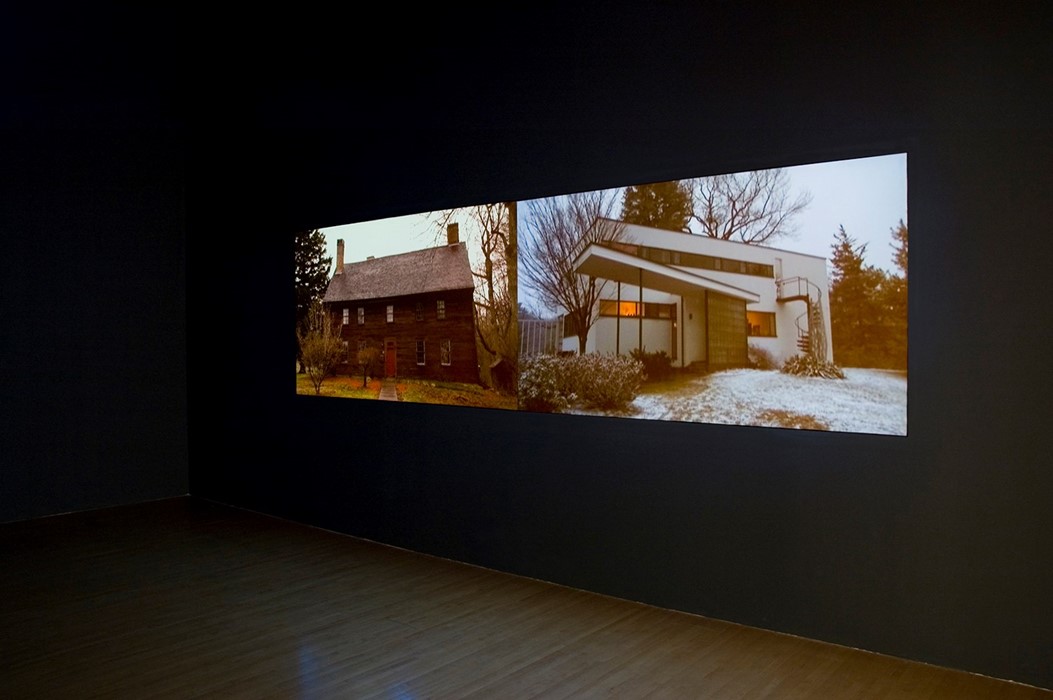
Lorna Simpson: Dual Dramas
African-American artist Lorna Simpson began her career as a documentary street photographer, but soon moved her art into the studio, where she was able to create more meaningful images that recorded her observations surrounding race and society. In the short film Corridor [2003] Simpson describes the lives of two separate women, both played by Brooklyn-based artist Wangechi Mutu. A multi-screen projection enticingly draws out parallels between the women’s lives despite the fact that they're inhabiting two different centuries. The first appears to be a household servant from the 1860s, the second a successful homeowner living a century later. Both women are shown isolated in their domesticity, going through the mundane steps of their daily routine, from getting dressed to cleaning. Unlike Sherman, Simpson poignantly never puts herself in front of the camera; "I do not appear in any of my work. I think maybe there are elements to it and moments to it that I use from my own personal experience, but that, in and of itself, is not so important as what the work is trying to say about either the way we interpret experience or the way we interpret things about identity."
Reflecting on the show at large, Witkovsky notes that each of its works "involve created characters who seem real and individual but at the same time a little bit typecast – they are playing with types and trying to find their personality, their personhood within those typecast roles." The resulting catalogue of personas will neither live nor die, an evocative and everlasting document of the characters' non-existence and an elusive reminder that identity is a cleverly contrived construct.
Nothing Personal: Zoe Leonard, Cindy Sherman, Lorna Simpson is on show at Art Institute Chicago from January 23 to 1 May 2016.

